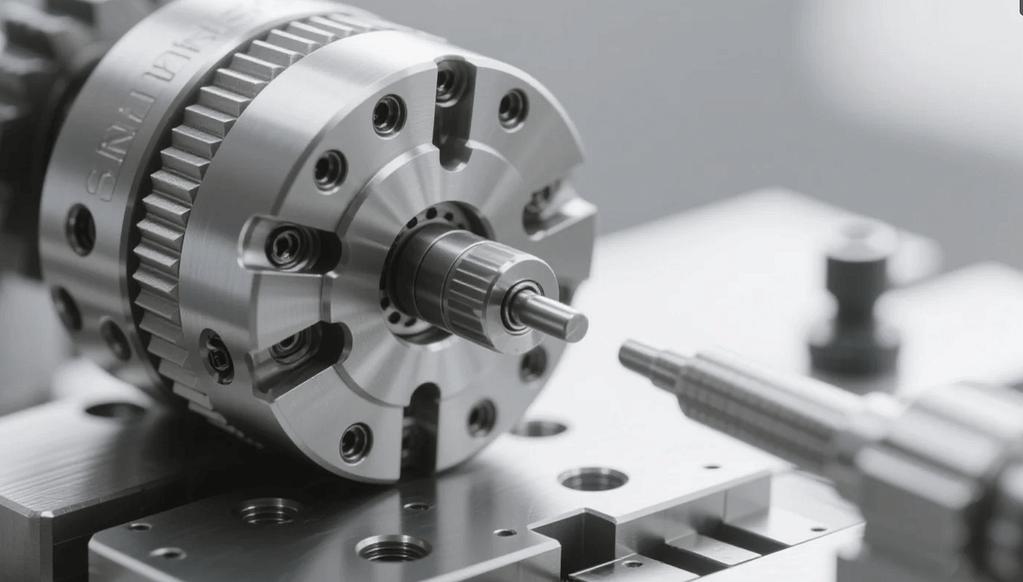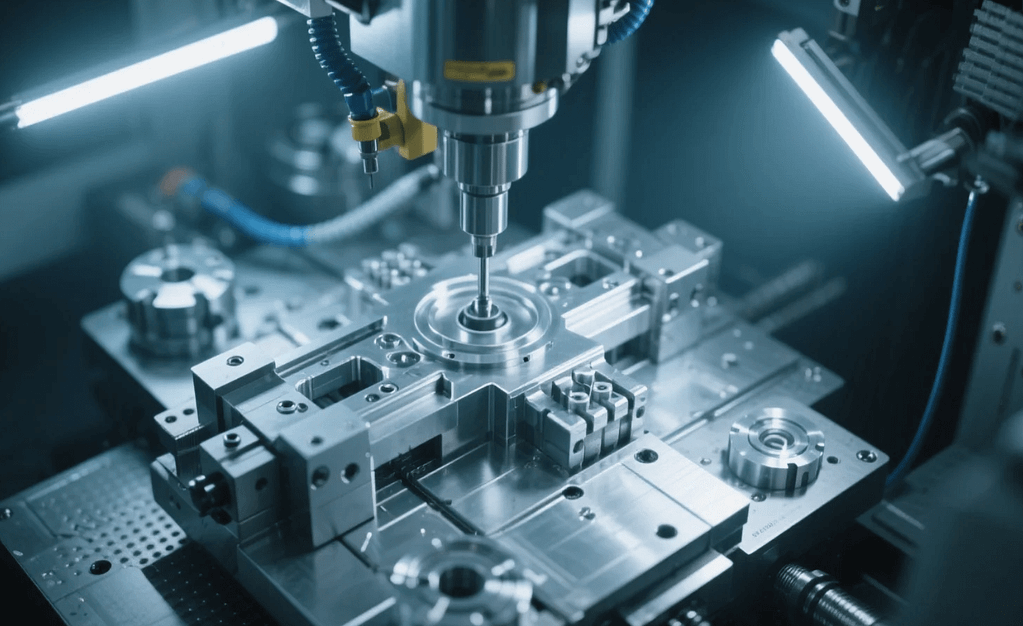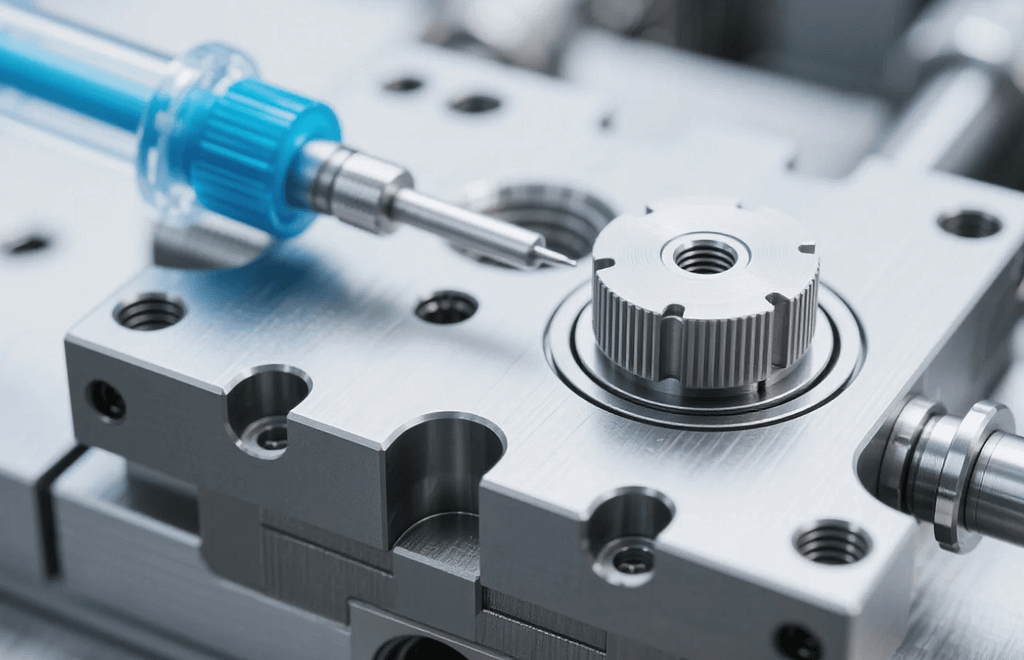In the world of precision engineering, where every micron matters and material performance is non-negotiable, the choice of a surface finish is as critical as the material itself. While countless finishes exist, one stands out for its unique combination of durability, aesthetics, and functionality: anodized aluminum. This electrochemical process isn’t just about changing a component’s color; it fundamentally transforms the surface of aluminum, making it an indispensable solution for high-stakes applications in industries ranging from aerospace to medical devices. If you’re a product designer, engineer, or procurement manager working with precision parts, understanding the profound benefits of anodizing is key to unlocking superior performance and longevity.
Anodizing is essentially a controlled oxidation process. By immersing aluminum in an electrolytic acid bath and passing an electric current through it, a natural oxide layer is intentionally grown on the surface. This layer, unlike the thin, fragile oxide that forms naturally, is remarkably hard, porous, and highly uniform. Once the process is complete, the surface is sealed, locking in its enhanced properties. This technical transformation goes far beyond a simple coating. Instead of adding a layer on top of the metal, anodizing converts the aluminum’s surface itself, creating a bond that won’t chip, peel, or flake off. This inherent structural integrity makes anodized aluminum the top choice for parts that face constant wear and tear.
The Unmatched Advantages of Anodized Aluminum

When we talk about precision manufacturing, we are talking about components that must perform flawlessly under demanding conditions. Anodized aluminum brings a suite of benefits that directly address these challenges, making it far superior to raw aluminum or even many other surface treatments.
Superior Corrosion and Wear Resistance
One of the most compelling reasons to choose anodized aluminum is its exceptional resistance to corrosion. Raw aluminum is susceptible to oxidation and corrosion, especially in harsh or humid environments. The anodic layer, which is essentially a dense, highly stable form of aluminum oxide, acts as an impenetrable barrier, protecting the underlying metal from environmental degradation. This is particularly crucial for components used in marine, aerospace, and outdoor applications where exposure to moisture and saltwater is constant.
Beyond corrosion, the hardness of the anodic layer provides significant wear resistance. Anodized surfaces are much harder than the base aluminum, with some types of hard coat anodizing approaching the hardness of steel. This characteristic makes it ideal for parts that experience friction or repeated contact, such as pistons, valves, and gears. By reducing surface wear, anodizing extends the operational life of a component, minimizing the need for maintenance and replacement. This is a critical factor in complex assemblies where downtime can be costly.
Enhanced Durability and Longevity
The durability of anodized aluminum is one of its core strengths. Because the oxide layer is grown from the base material, it is an integral part of the component, not an applied coating. This means it cannot chip or peel off like paint or powder coating. This structural integrity is invaluable in precision parts that must maintain tight tolerances. A chipped surface could compromise fit and function, leading to catastrophic failure in a delicate mechanism. Anodizing ensures that the surface finish is robust and reliable, even under mechanical stress. This longevity translates directly to cost savings over a product’s lifecycle, as components remain functional for longer.
The Functional and Aesthetic Appeal
While performance is paramount, aesthetics often play a significant role, especially for consumer electronics, medical equipment, and architectural components. Anodizing allows for a wide range of vibrant, uniform colors that are lightfast and won’t fade over time. The porous nature of the initial anodic layer allows it to be easily dyed before sealing, creating a permanent, embedded color. This makes anodized aluminum an excellent choice for branding or for distinguishing different parts in a complex assembly.
Furthermore, anodizing provides a clean, professional finish that resists fingerprints and smudges, making it easy to maintain. This aesthetic appeal, combined with its functional benefits, is why we see it everywhere, from the sleek bodies of laptops and smartphones to the handles on high-end kitchen appliances. It’s a finish that looks good and performs even better.
Applications in High-Stakes Industries

The unique properties of anodized aluminum make it a preferred material finish in industries where precision and reliability are non-negotiable.
Aerospace and Defense
In the aerospace sector, weight and strength are two of the most critical factors. Aluminum is already the material of choice due to its high strength-to-weight ratio. By anodizing it, engineers can significantly increase its surface hardness and corrosion resistance without adding a single gram of weight. Components like aircraft frames, satellite parts, and hydraulic systems all benefit from this enhanced durability. The hard, non-conductive surface also helps to prevent galvanic corrosion when dissimilar metals are used in close proximity, a common challenge in aircraft design.
Medical and Life Sciences
Medical devices require materials that are not only durable but also sterile and easy to clean. Anodized aluminum fits this requirement perfectly. Its smooth, non-porous surface is easy to sterilize and resists the buildup of bacteria. Many surgical instruments, diagnostic equipment housings, and mobility aids are made from anodized aluminum because it withstands repeated cleaning and sterilization cycles without degrading. The ability to color-code instruments through anodizing also aids in organization and safety within a surgical setting.
Electronics and Telecommunications
In the fast-paced world of electronics, thermal management is a significant challenge. Anodizing actually improves the emissivity of aluminum, meaning it can dissipate heat more effectively. This makes it an excellent choice for heat sinks and electronic enclosures where components generate a lot of heat. Additionally, the non-conductive nature of the anodic layer provides a degree of electrical insulation, which is beneficial for protecting sensitive internal circuitry. The sleek, durable finish is also aesthetically pleasing for consumer devices.
Captec Precision’s Approach to Anodizing

At Captec Precision, we understand that the anodizing process is not a one-size-fits-all solution. Different applications require different types of anodizing. We specialize in Type II (Sulfuric) and Type III (Hardcoat) anodizing, tailoring the process to the specific needs of our clients’ projects. Type II anodizing, often called standard or decorative anodizing, is perfect for applications requiring corrosion resistance and a clean, colorful finish. Type III, or hardcoat, is reserved for parts that need maximum wear resistance and durability, such as those found in industrial machinery or military hardware.
Our expertise in precision machining means we consider the anodizing process from the very beginning of a project. We know how surface finishes and tolerances interact, and we work closely with our clients to ensure that their components are designed for manufacturability and optimized for the final finishing process. This holistic approach ensures that the finished product not only meets but exceeds performance expectations, delivering a truly reliable and high-quality part.
Choosing anodized aluminum for your precision parts is a strategic decision that pays dividends in performance, durability, and aesthetics. It’s a finish that goes beyond mere appearance, fundamentally strengthening the component and preparing it for the rigors of its intended application. As you consider materials and finishes for your next project, remember the power of anodizing to transform a simple piece of aluminum into a high-performance, long-lasting component.
Frequently Asked Questions (FAQ)
Q: What is the main difference between Type II and Type III anodizing?
A: The main difference lies in the thickness and hardness of the anodic layer. Type II (Sulfuric) anodizing creates a thinner, softer layer primarily for corrosion resistance and aesthetics. Type III (Hardcoat) anodizing creates a much thicker, harder layer, providing superior wear and abrasion resistance, making it suitable for functional, high-wear parts.
Q: Does anodizing change the dimensions of a part?
A: Yes, the anodizing process adds a measurable thickness to a part’s surface. This is a critical factor to consider during the design phase, especially for components with tight tolerances. A portion of the aluminum is converted to aluminum oxide, and a portion is added to the surface. It’s a consideration that requires careful planning, which our team can assist with.
Q: Is anodized aluminum safe for food and medical use?
A: Anodized aluminum is generally considered safe and is widely used in both food and medical applications. The anodized layer is chemically stable and non-toxic. However, for critical medical devices, additional certifications and specific sterilization protocols are often required.